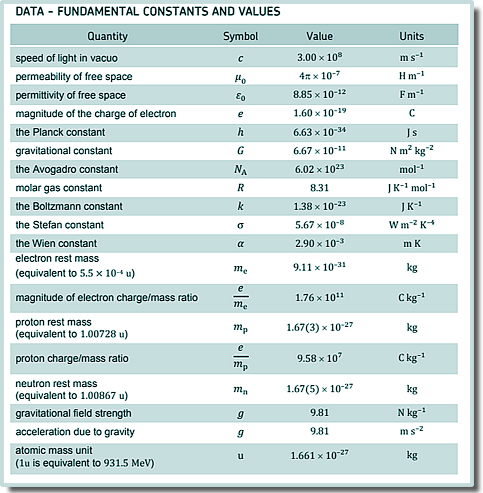Circular Motion Q1. (a) Derive an expression to show that for satellites in a circular orbit T2 ∝ r3 where T is the period of orbit and r is the radius of the orbit. Fcentripetal = mv2/r v = circumference of orbit/period of orbit v = 2πr/T Fcentripetal = m (2πr/T) 2/r Fcentripetal = mr (2π/T) 2 The centripetal force is provided by the gravitational force Fgravitational= GmM/r2 ∴ GmM/r2 = mr (2π/T) 2 GM/r3 = (2π/T) 2 T2 = r3 x 4π2/(GM) m cancelled - π, G and M are constant so T2 ∝ r3 Q.E.D. [2 marks] (b) Pluto is a dwarf planet.
The mean orbital radius of Pluto around the Sun is 5.91 × 109 km compared to a mean orbital radius of 1.50 × 108 km for the Earth. Calculate in years the orbital period of Pluto. T2 ∝ r3 TP2 /rP3= TE2 /rE3 TP2 = TE2 rP3/rE3 TP2 = 12 x (5.91 × 109)3/(1.50 × 108 )3 TP2 = 61160 TP = 247 years [2 marks] (c) A small mass released from rest just above the surface of Pluto has an acceleration of 0.617 m s−2. Assume Pluto has no atmosphere that could provide any resistance to motion. Calculate the mass of Pluto. Give your answer to an appropriate number of significant figures. radius of Pluto = 1.19 × 106 m Fgravitational= GmM/r2 = ma a = GM/r2 M = ar2/G
M = 0.617 x (1.19 × 106)2 /6.67 x 10-11 M = 1.31 (three sig figs [3 marks] (d) The graph shows the variation in gravitational potential with distance from the centre of Pluto for points at and above its surface.
A meteorite hits Pluto and ejects a lump of ice from the surface that travels vertically at an initial speed of 1400 m s−1 . Determine whether this lump of ice can escape from Pluto. Let the mass of the ice be mice Initial KE = ½ micev2 Initial KE = ½ mice x 14002 Initial KE = ½ mice x 14002 Initial KE = mice x 9.8 x 105 J See the graph: Energy needed to escape = mice x 7.4 x 105 J Therefore there is sufficient energy to escape. OR You could work out the escape velocity For object on surface to escape kinetic energy must equal the gravitational potential energy 7.4 x 105 x mice= ½ micev2 escape speed = √(7.4 x 105 x 2) escape speed = 1220 ms-1 So sufficient (initial) speed to escape. [3 marks] (10 marks total) |
Follow me...
|








